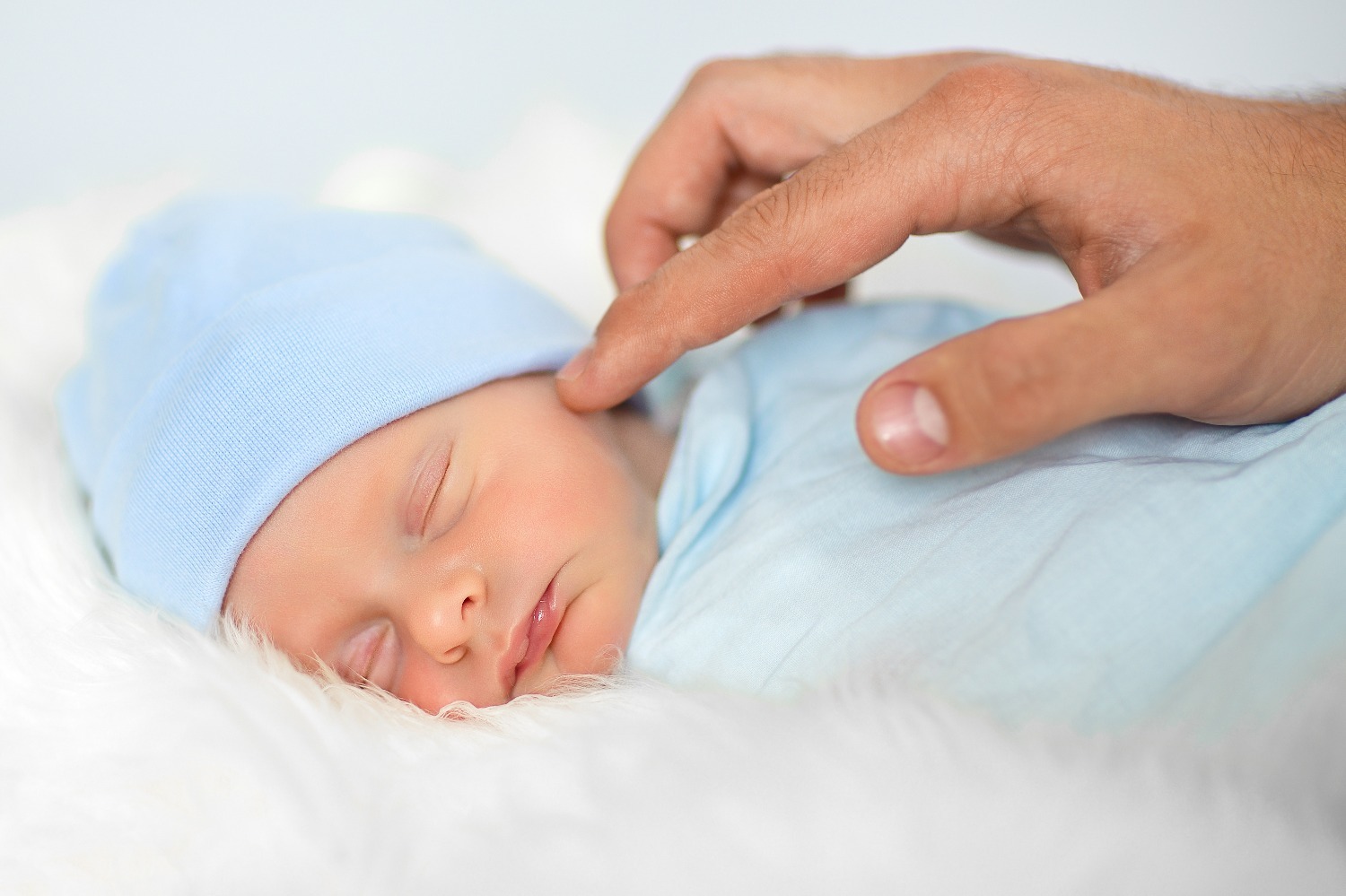
A Mini Encyclopedia For Your Newborn’s Skin
27 Sep 2016 | 5 min Read
Baby Chakra
Author | 501 Articles
Once you hold your baby in your arms for the first time, you are overwhelmed with emotion. The tiny, pink thing in your arms will grow under your love and care and you will see it happen under your concerned eyes. It’s natural for new parents to be concerned about variations in a newborn’s body in the first few days. Some changes are normal, while others need a doctor’s attention. Here’s how Dr R. K. Anand has explained it in his book – Guide to Child Care.
Variations in your newborn’s skin : What’s normal, what’s not?
Bluish skin
The doctor will first look at baby’s skin. Her hands and feet will appear blue. This blue colour should not cause anxiety as it disappears without any treatment within a few hours. If the doctor finds that the rest of the body is pink and that her breathing is normal, he will reassure you that the baby is normal. Some babies have dark skin that may become darker in the successive weeks. The nipples and genitals may show a deeper pigmentation.
Greyish-blue spots or Mongolian spots
Some babies have Mongolian spots. These are patches of greyish-blue colour over the lower back. Sometimes, they are also seen on the limbs or inside the cheeks. While they may last for 2 to 3 years, they disappear spontaneously without affecting the child.
Pigmented patches or Cafe au lait spots
Some may have permanent patches of pigmentation called café au lait spots. In about a quarter of such children, a single spot, less than 3 cm (about an inch) in size is seen. Such spots would attract the attention of your doctor, as they may indicate certain other conditions.
Harlequin colour change
Another interesting condition is the harlequin colour change. For a few minutes, one half of the baby’s body seems pink and the other half white. This condition is normal and may last for even a month or a month and a half.
Yellow spots or Milia
White or yellowish pinhead-sized spots called milia may be noticed on the nose or other parts of your baby’s face. They will disappear within few days.
Transient red rashes or Stork bites
At times, you may also notice a transient red rash on the baby’s body. Stork bites, seen as red patches on the forehead, eyelids and the back of the neck, are quite common. They may last for a year or so.
Growing red spot or Strawberry naevus
A few days or weeks after birth, you may observe what is commonly termed strawberry naevus. It begins as a tiny red spot that grows rapidly for about 6 months. When fully developed, it looks like a strawberry. As far as possible, this should be left alone. About 60% of these disappear by the age of 5 and at most, by the age of 10 years. In very rare cases, a doctor may consider removal or treat them with some medicines.
Lacy, bluish patterned skin or Cutis marmorata
Some babies develop a harmless condition termed cutis marmorata. This happens if the temperature of the environment suddenly falls. Temporary lacy, reddish or bluish patterns appear on the skin. The baby is otherwise normal. An arm exposed to cold may also become swollen and, at time, turn blue. This swelling subsides on its own within a few hours.
Peeling skin
A baby’s skin may normally peel in the first few days after birth. As the skin at this stage is very delicate, avoid unnecessary friction or pressure to prevent blisters and infection.
Vernix is waxy material that covers the baby’s skin at birth. It protects the skin from getting infected. No deliberate attempt should be made to remove it. Some of it gets left behind on the linen in which the baby is wrapped after birth the rest will gradually shed after few baths.
Loss of hair
Fine, silky hair (Downy hair) covers the baby’s skin. This is especially pronounced in a premature baby’s skin. In the first few weeks, babies normally lose hair, especially on the back of the head, but this loss is temporary.
Jaundice
50% of newborn babies develop yellowness of the eyes and of the skin on the second or third day. This jaundice, termed as physiological jaundice, is usually harmless and needs no treatment. Sometimes, however, phototherapy (light therapy) or other treatment may be required.
Read more about Neonatal Jaundice
Cradle cap
Cradle cap, which presents itself as black patches on the scalp, often clears with 1% cetrimide solution. It should be used as a shampoo, after which the scalp is to be dried gently with a towel. Soap and oil should be avoided for few days. At times, stronger measures may be needed.
Most newborn baby skin changes are harmless and settle down on their own. One must remember never to panic or self-medicate a newborn and to consult a doctor when in doubt.
To know about changes to look out for in your newborn’s head development and eyes,click here.
Sometimes, a baby is born with a tooth or may produce a sticky substance from the chest. To know more about these conditions, click here.
Source: Book – Guide to Child Care by Dr R K Anand
To consult Dr R K Anand in person, click here
A


Related Topics for you
Suggestions offered by doctors on BabyChakra are of advisory nature i.e., for educational and informational purposes only. Content posted on, created for, or compiled by BabyChakra is not intended or designed to replace your doctor's independent judgment about any symptom, condition, or the appropriateness or risks of a procedure or treatment for a given person.
